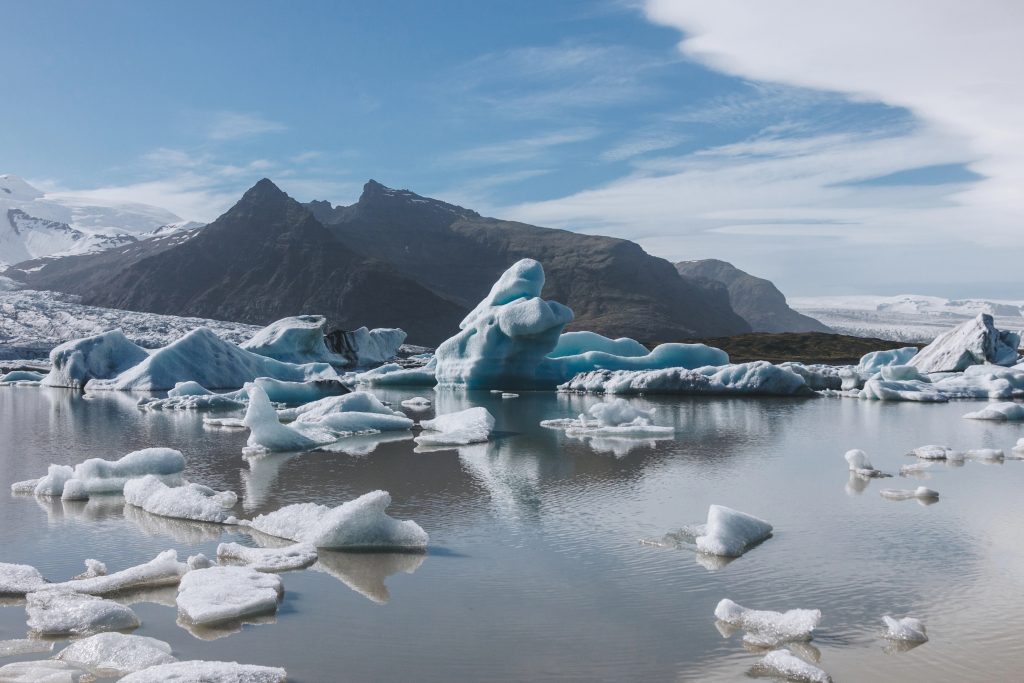
When a wall of water bursts out of a melting glacier into the backyard of a community, it’s not just a weather event it’s a message. In Juneau this week, that message thundered loud and clear as Suicide Basin, nestled high up in the Mendenhall Glacier, released a record-setting flood that exceeded last year’s high-water mark. Though the city’s flood walls performed better than in previous years, the incident highlights a sobering truth: climate change is transforming Alaska’s flood dangers more quickly than many communities can change.
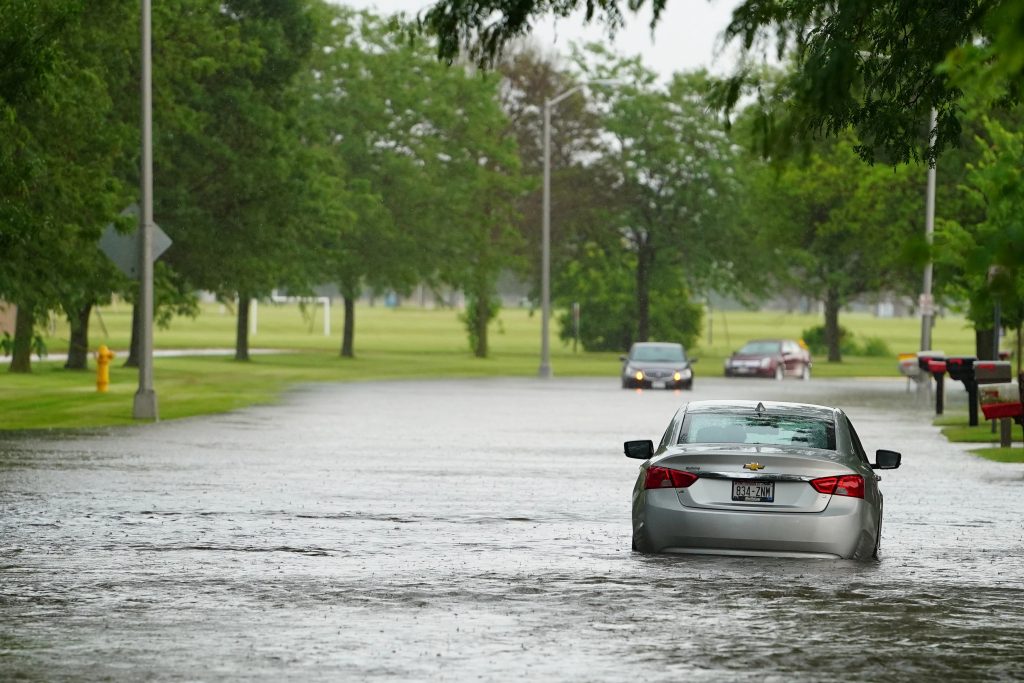
1. The Anatomy of a Record-Breaking Flood
As of 7 a.m. Wednesday, the Mendenhall River had swollen to 16.51 feet, breaking the 2024 record of 15.99 feet. At its height, the basin’s release pushed billions of gallons of water downstream equivalent to almost 23,000 Olympic-sized swimming pools hanging over hundreds of homes. “This is going to be a life-threatening event,” Sen. Lisa Murkowski cautioned, calling for evacuation at once. City officials had already published a stark message: “Don’t Wait. Evacuate TONIGHT.”
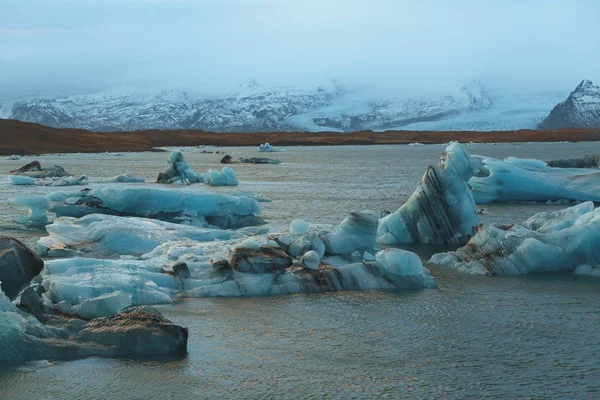
2. How Climate Change Sped Up Glacial Outbursts
These floods are not new to Juneau Suicide Basin has been spilling them every year since 2011 but the size and velocity are increasing. Alaska warmed at twice the U.S. average rate, with average temperatures per year increasing 3.1°F over the last hundred years. The melting of the smaller glacier that previously held the basin in place set the stage for these enormous outbursts. As reported by NOAA, the 2023 flood that erased a decade’s worth of erosion in a weekend “would not have occurred without climate change.”

3. The Global Glacier Crisis
In the big picture, the Mendenhall event is just one part of an overwhelming global pattern. Glaciers all around the world lost 7,211 billion tons of ice since 2000, and melt rates have sped up by 36% during the last two decades. The largest individual regional contributor to sea level rise due to glaciers is Alaska, which has relatively low-elevation ice fields particularly susceptible. Glacier melt contributed 1.5 mm to sea levels globally just during the year 2023 alone an unprecedented annual increase.
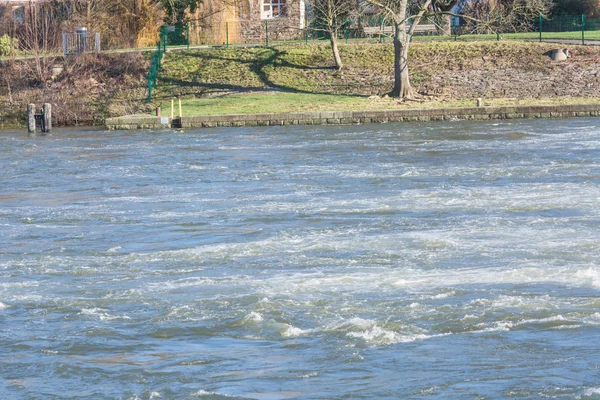
4. Local Adaptation: Barriers, Partnerships, and Planning
This year, Juneau collaborated with state, federal, and tribal agencies to place 10,000 HESCO barriers along 2.5 miles of riverbank. “If it weren’t for them, we would have hundreds and hundreds of homes flooded,” City Manager Katie Koester said. Although there was some seepage, the barriers generally stood, providing a model for temporary protection. Permanent solutions, such as levees, are being studied by the U.S. Army Corps of Engineers, though planning is years out.
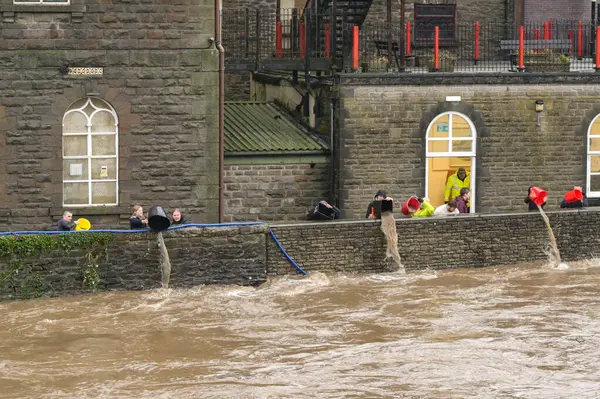
5. The Mental Cost and Resilience
Repeat disasters degrade more than buildings they degrade mental well-being. Disaster psychologists note that open communication, community training, and public protective actions can ease fear. Roald Helgesen of the Tlingit & Haida Indian Tribes noted the effectiveness of cooperation: “When governments collaborate, respecting the other’s authority, knowledge and responsibilities, our communities are safer. They’re stronger and they are more resilient.”
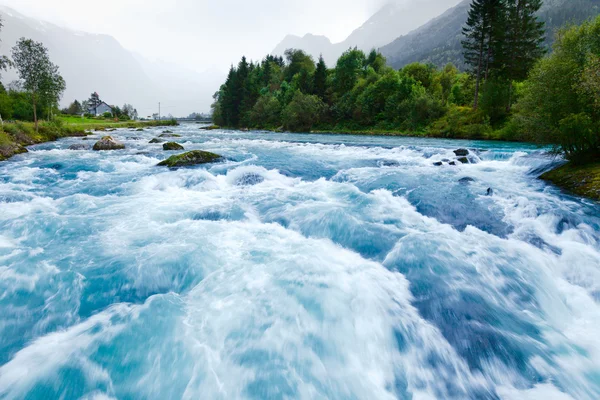
6. Rethinking Flood Hazard in Glacier-Fed Areas
Throughout Alaska and other glacier-fed areas, flood hazard management is becoming more proactive than reactive. This involves not merely observing water levels with sensors and cameras but also incorporating climate forecasts into zoning, infrastructure planning, and emergency response. The National Weather Service’s ongoing monitoring of Suicide Basin is just one instance where science and preparedness meet.
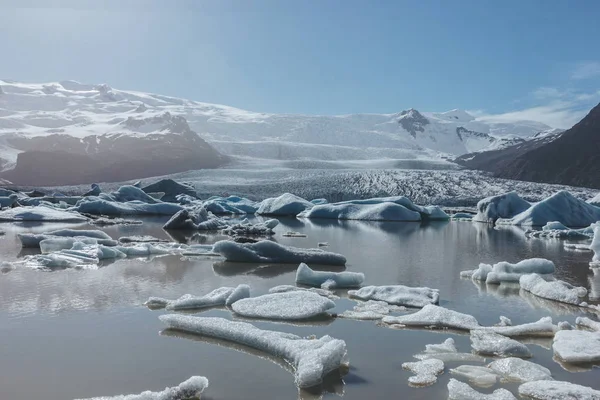
7. The Long View: What’s at Stake
Researchers predict that Mendenhall outburst floods may continue another 25 to 60 years as long as the glacier functions as a dam. Across the planet, most glaciers won’t be around this century. “Each centimeter of sea-level rise floods an additional 2 million people somewhere on our planet each year,” comments Earth scientist Andrew Shepherd. For Alaska, the issue is not only how to safeguard populations in the short term but also how to prepare for a future where today’s ice is no more.
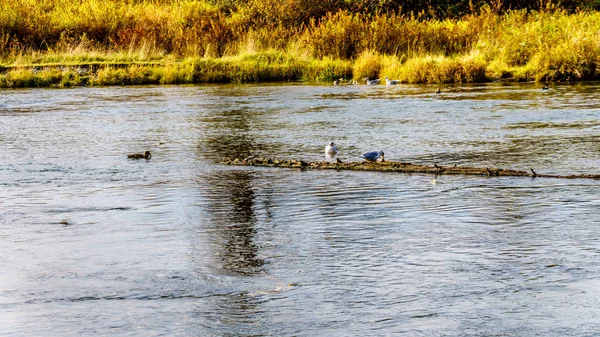
8. Discover Finding Opportunity Amid Change
While ice loss is a deeper ecological change, some studies suggest surprising ecological opportunities. When glaciers recede, new streams are emerging potentially creating hundreds of miles of salmon habitat in Alaska by 2100. “On the one hand, this level of new salmon habitat will create local opportunities,” says Dr. Kara Pitman of Simon Fraser University. On the other hand, climate change and other human impacts continue to threaten salmon survival.
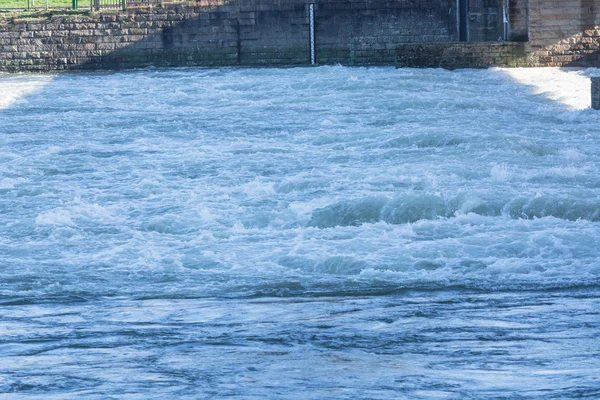
The Mendenhall flood is a graphic reminder that climate change is not something out there in the future it’s already here, remaking landscapes and lives. But amidst the rapid deployment of flood barriers, the synchronized evacuation warnings, and the continued scientific vigilance, there are glimpses of a community learning to survive with, and adjust to, a changed environment.


